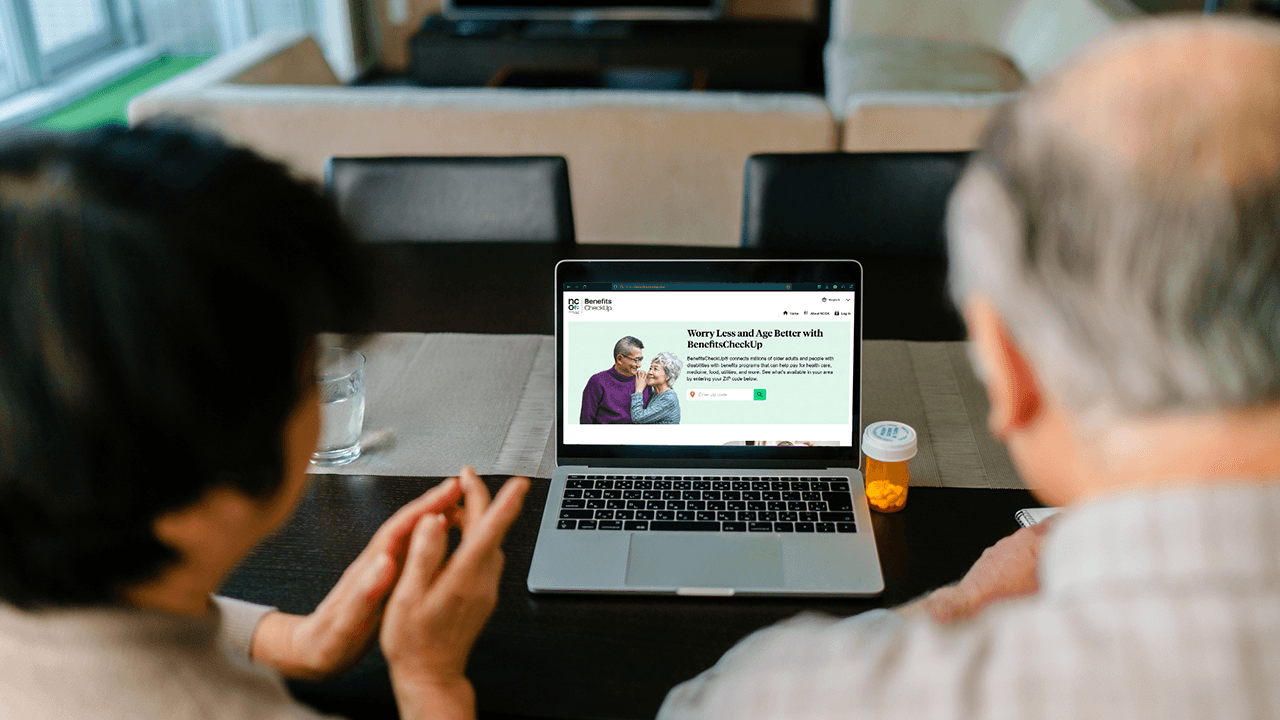
Related Topics
Nutrition is important at all ages, but especially as we grow older. The U.S. Departments of Agriculture (USDA) and Health and Human Services (HHS) are currently updating the 2020-2025 Dietary Guidelines for Americans, focusing on nutrition for healthy living at every stage—from infancy through older adulthood, or adults age 60 and older.
6 tips to help you eat well and improve your nutrition as you get older
- Know what a healthy plate looks like. Good nutrition can help older adults feel their best and stay strong. Include more fruit, vegetables, whole grains, and dairy in your diet. Another tip that's incrediblly important, especially for your health, according to Gretchen Tanbonliong, Associate Director for Health & Wellness at NCOA and a registered dietitian nutritionist (RDN), is to “Personalize your eating plan—especially if you have special dietary needs. An RDN can work with you to create a customized plan that helps you meet your health and nutrition goals.”
- Look for important nutrients in the foods you eat. Where possible, limit your consumption of added sugars, saturated fat, and sodium. Flavoring foods with herbs and spices can help you lower your intake of sugars, salt, and saturated fats. Eat enough protein to maintain muscle mass—which decreases as we grow older—and make sure have you get adequate amounts of potassium, calcium, vitamin D, dietary fiber, and vitamin B12.
- Read nutrition labels to be a smart shopper. The U.S. Food and Drug Administration (FDA) has a tool to help you make informed food choices that can have positive effects on your health and wellness. According to the FDA, too much or too little nutrients could increase your risk of certain chronic diseases, such as heart disease and high blood pressure. Meal delivery services can handle a lot of the work for you, and may be helpful for older adults looking for pre-portioned, balanced meals that are easy to make and delivered directly to their doorsteps.
- Use recommended servings (and pay close attention to calories when you can). In general, women age 60+ need about 1,600-2,200 calories per day, while men require about 2,000-2,600 calories per day. Your calorie intake my depend, varying on your age, sex, height, weight, and physical activity level. The USDA's MyPlate Plan shows your food group targets, along with what and how much to eat within your calorie allowance.
- Stay hydrated. Adults 60 and older are at greater risk for dehydration for a number of reasons, including natural drops in thirst levels and body composition changes. Drinking plenty of water is a simple yet vital part of maintaining good health, especially as we get older. Other good beverage choices include unsweetened fruit or low sodium vegetable juice, low-fat (or fat-free) milk, or fortified soy beverages. Fluids can also be obtained from foods containing water, such as soup and fruits and vegetables.
- Discover how the Supplemental Nutrition Assistance Program (SNAP) can help stretch your food budget. Recent updates to the SNAP program mean that a healthier diet may be in better reach for you. See what foods qualify for purchase under the plan. And if getting to the grocery store is difficult, most of grocery delivery services are covered by SNAP, though the delivery fees may not be. Learn more about SNAP, whether you might be eligible, and how to apply at NCOA's BenefitsCheckUp.org.
Download our infographic below and share with others during National Nutrition Month. During March, the Academy of Nutrition and Dietetics is encouraging everyone to learn about making informed food choices and developing healthful eating and physical activity habits.




